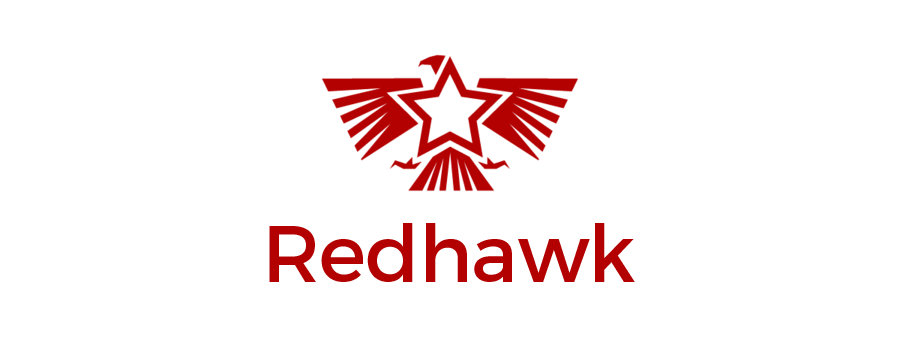Entrepreneurs are often fortunate to effectively deal with the recurring issues immediately in front of them. The exercises of forethought and long-term planning are luxuries in most cases. The problem comes when this condition persists for a meaningful period of time. Without taking the time to try and create a 10,000 foot view of their business, many entrepreneurs end up implementing processes meant only to serve a single purpose or solve an immediate problem. This condition is usually not intentional and it likely evolved into its current state because of one or more of the following.
- Business processes were built on top of each other. Like Lego pieces, the leadership kept piling up business rules, tech and resources. This happens many times as a firm starts to grow faster or the product lines become broader than originally anticipated. As these new processes and systems are added, the old ones are not dismantled or modified and this creates confusion as the old rules and new rules often contradict each other.
- People are added to fill narrow responsibilities- not compliment the whole. New tasks and responsibilities are regularly created in a growing company and when all the current roles are considered “maxed out,” the go-to response for many companies is to hire more people.The problem here is that we fail to look at how existing positions or responsibilities should change to create a more efficient team. Instead, the new position is assigned one core task with several ancillary low value activities to create a complete position. Repeating this cycle a few times creates a bloated and under-utilized workforce.
- Organizations kill their effectiveness by creating a “Strategy Du Jour.” I love working with entrepreneurial clients because they are, by their very nature, dreamers and strive to chase new opportunities every day. Unfortunately, this phenomenon may be the most value-destroying thing an owner or C-Suite leader can do. You have seen it (or done it yourself) before. Owner/ CEO/ Senior Leader calls a meeting and lays out a half-baked thought on the latest (fill in the blank) opportunity. Very little detail is communicated about how this will be implemented, what will be de-prioritized as a result or how resources should be utilized. Conversely, expectations for flawless execution are clearly conveyed. In a matter of minutes, everyone in the room now has multiple top priorities with almost no idea of how to actually pull off this new ask. It is tough to commit to a shared, all-encompassing and durable strategy but when you are constantly asking the majority of available resources to chase the latest whim, you create incredible conflict between the various priorities.
Before you realize it, the whole operation is being held together by a series of systems and processes that may have nothing to do with each other. If you think this is nuts, consider your own organization:
- Could you ask three different people to map out how your product moves from creation through customer delivery and have all three maps resemble each other?
- Can you point to the specific business case for each of your processes?
- Do have at least a handful of processes that contradict each other?
Chances are, your organization experiences one or more of these every day.
One of my favorite Johnny Cash songs is “One Piece at a Time” where he describes stealing individual parts from a Cadillac assembly line over several years in order to build a whole car. Once he has all the pieces needed, he starts to put the car together.
“Now, up to now my plan went all right
‘Til we tried to put it all together one night
And that’s when we noticed that something was definitely wrong.The transmission was a fifty three
And the motor turned out to be a seventy three
And when we tried to put in the bolts all the holes were gone.The back end looked kinda funny too
But we put it together and when we got through
Well, that’s when we noticed that we only had one tail-fin…”“One Piece at a Time”- Johnny Cash
Notwithstanding the obvious value of quoting Johnny Cash in any form, the song illustrates what happens when we only consider individual pieces and not the “whole” of the organization. In Johnny’s case, he got a really ugly Cadillac. In your case, you may have ended up with a really ugly operational model.

